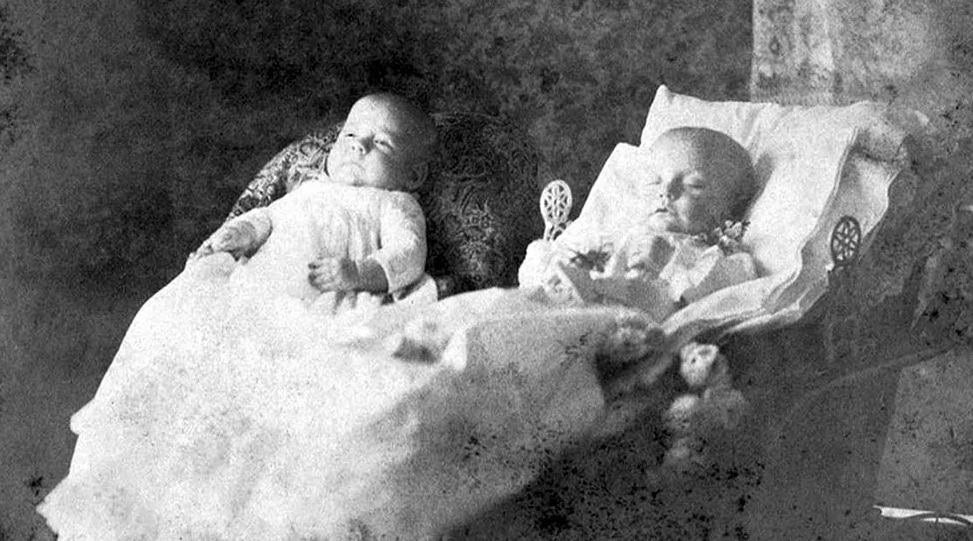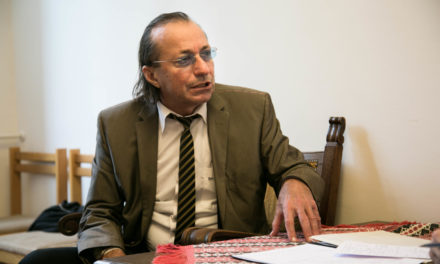Kata Janecskó pursued a topic in the columns of Telex, which provides a precise view of the losers of our lonely society, of those old people who sank into the swamp of big-city indifference during their lives, and whose bodies remained stuck there even after their death. Further than anyone would like.
The investigative report "The Witnesses of Lonely Death Walk in Rubber Gloves" is undoubtedly a work of mental history, and not just any kind. The author speaks to three professionals, three extreme cleaners,
"those who clean apartments where the occupant was found dead after a shorter, but rather longer time".
It also provides data, we can learn that in 2016, 31 percent of Hungarians over the age of 65 lived in single-person households, i.e. every third elderly person lives alone in Hungary, and the older someone is, the more likely they are to end up in a similar situation. It is no consolation that divorces also contribute to the phenomenon. In 2020, there were 6,532 public burials in the country, and this number has not changed for years. A public burial takes place when no relatives can be found who would bury the deceased, or even if they are found, they are unwilling or unable to bear the costs.
There are also hundreds of vacant properties every year, which pass to the state without an heir. According to the data of the Hungarian National Property Administration, in 2021, 1,287 plots of land, 875 buildings, 208 apartments or premises and 270 structures were inherited by the state. The number of apartments inherited by the state has been around two hundred per year for years. Is this a lot or a little? If you think about the cases that extreme cleaners report, there are many. One of those is a lot.
#hello21stcentury
Death is a slap in the face to the man of the civilized age, who is unable to even accept natural passing away, fears and abhors it, is rejected by his scientific and technical rationalism, and is horrified by his irrationalism. Today's practice of thanatology is prevention, and although people are aware of the nature of death, they can only live if they can remove this unpleasant fact from their everyday lives.
However, the reports also point to a much more serious phenomenon: big city indifference.
Exploring the cultural reasons would stretch the scope of this paper, but we can say that the harsh selfishness that has sprung up from the dogma of overriding self-realization is a warning milestone on the way to ignoring the decomposing body next door.
We are talking about three-, four-, or even six-week-old corpses that began to decompose, but we would like to highlight only two paragraphs from the report, which is illustrated with shocking stories, the most plastic ones:
"In the village , someone speaks just before that, they are watching to see if the chimney is smoking, if there is still a barrel of food outside that Aunt Marika didn't bring in. " "We are rarely in places in villages where people rot," he says. On the other hand, in the ten-story buildings, many people meet this fate. The neighbors can smell it, but they can't or don't want to identify it, "they prefer to close the window and pull down the blind".
But what about the relatives, the relatives of those left alone? They usually don't even enter the apartment after the notification, if they do, they mostly look for money and jewelry. They are not interested in chattels, nor are they interested in personal memorabilia.
"In vacant apartments, Ákos Csalai used to collect photos, IDs, and checks in a folder to hand over to a relative at the same time. There are those who say: it is not necessary. He remembers well the time when "the life of a 95-year-old aunt was thrown away in Dunaújváros" . The manager of the cleaning company opened the photo album and "a life flashed" in front of him: there was the old woman in her youth, her dog, the grandchildren, the daughter who didn't need the album. There were also postcards, mascots, little this, little that. "I sat down, put a fire in the mixed-fired boiler and started sprinkling it," he recalls. He didn't want it to fall into anyone else's hands."
Small animals left behind, if they are not discovered in time, also face a sad end. Hamsters and fish die quickly. According to the experts' experience, dogs and cats can last a week as they are, but especially in the summer, without water, in a heating panel, their time will also expire sooner. And yes, it happens that starving animals start their own masters.
A morbid cult or something else?
In light of all this, it is not only surreal, but also ironic that the "civilized" people of today see the cult that spread in Europe and America after the discovery of photography, the making of post-mortem daguerreotypes, as a morbid habit. Of course, it is not surprising that the culture of selfishness is accompanied by a lack of the ability to understand and empathize.
"What used to be available only to the aristocracy and middle class, from the middle of the 19th century, with the democratization of representational options, it became a habit that many could follow: at an affordable price, a life-like likeness - a photograph - was made of the body exposed to decay, in the same pose as the deceased was seen while alive. In the 19th century, more than once after the funeral, the "treasure" of this post vitam , the photograph taken of the dead person, remained the only sure evidence, "a kind of fixed memory" that someone was, existed, characterized by such and such features"
- writes Csilla E. Csorba in her study entitled "Now that you are not, I will multiply you" (Dead representation in photographs).
The 19th century wanted to immortalize a "beautiful death", and from the second half of the century, families increasingly made sacrifices to order a tangible memorial image, photograph, death mask, drawing, in addition to the serious promise that "your memory will live forever", and thus ensure it for several generations the weaving of memory: the image documenting and recording the features. The last portraits had to be completed with the utmost haste, soon after death, or perhaps at the moment of the burial.

By looking at it, it is impossible to tell which of the twins is alive. Source: BBC
Rituals similar to the ceremonies that take place around the cremated dead in city apartments have also taken place in rural settings with some time lag since the 20th century. Ethnographers investigating death customs noticed early on the important role that photography played in villages and closed communities. For the villager, the photograph had a message: the funeral pictures spoke of the continuity of life, of belonging together. For this reason, the family members stood around the deceased in the order according to the degree of kinship, and placed their symbolic objects around the funeral. In order to symbolically promote conversion and salvation, they often placed the picture of the bereaved child or the portraits of immediate family members (husband, wife, child) of the deceased in the hands of the deceased, or on the eyelids next to them, thereby symbolizing family and kinship and loyalty to the memory of the deceased. suggesting. All this, the objectification of thinking that sees life as a great unity and cycle, was of course also common in urban environments. The photo integrated and reintegrated, connected the living with the dead, drew an arc between birth and passing away.
And then let's return for a moment to the memoirs of the extreme cleaners who
"they put it aside, collect it in a box, which they think may be needed, and finally give it to the relative. " Sometimes they look into the box and say they don't care, it's rubbish" - in that case the box becomes waste.
The sight of a faded photo of a dead child is undoubtedly surreal. But if the self-fulfilling pulsation of a modern metropolis is colored by disintegrating corpses, it is even more so. The only difference is that while the former phenomenon arose from attachment, love and the desire for eternal togetherness, the latter is only from destructive indifference.
Ecce homo.
Featured Image: Pixabay












